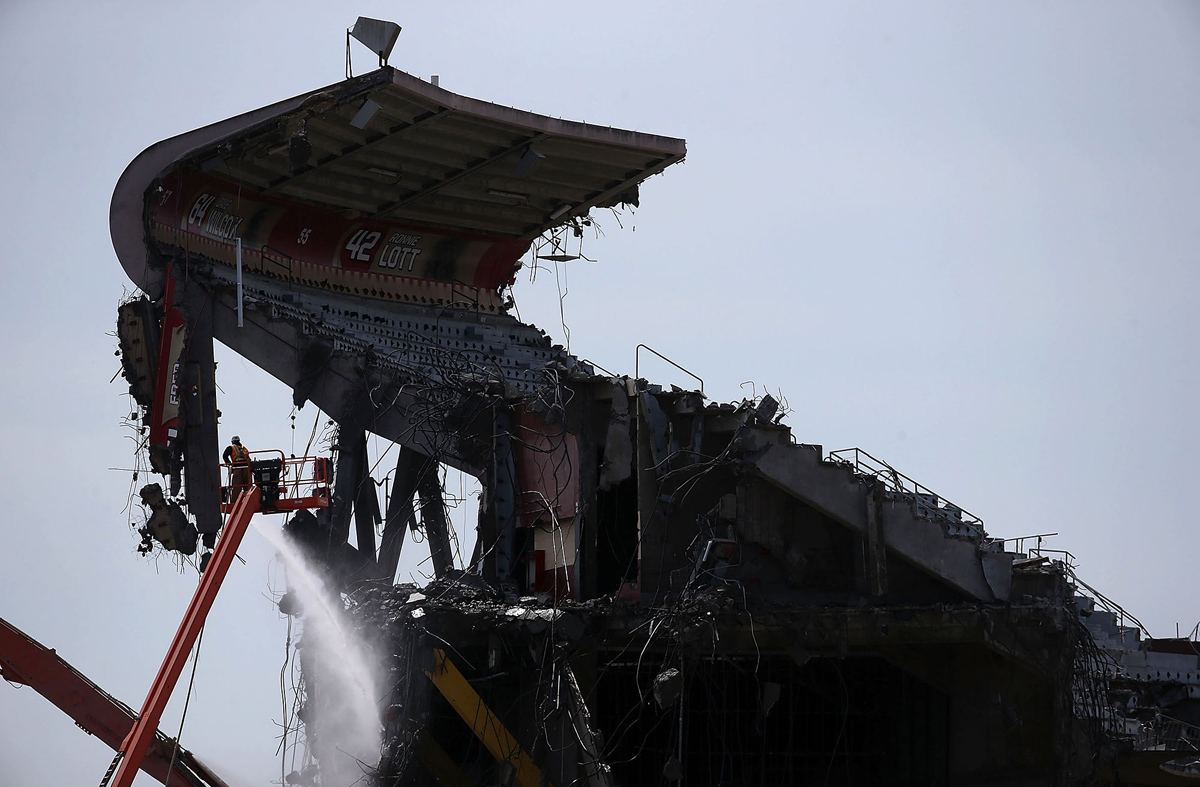
Week after week, the coalition successfully mobilised millions of South Koreans on the streets of dozens of cities and channelled their anger into a powerful political message. From booking celebrities to setting up lost-and-found services, the coalition paid close attention to the details of the rallies to make them more accommodating to all.Ĭombined with unprecedented levels of frustration and anger among South Koreans, the outcome was explosive. Its role was focused on providing political space for citizens of all walks of life to come and express their views freely. To avoid discord, the anti-Park coalition set rules for decision making based on the lowest common denominator among participant organisations. In the past, large coalitions were often plagued by fierce infighting among competing political groups. The weekly candlelight protests were organised by Emergency Action for Park’s Resignation, a coalition of more than 1500 civic organisations. But it also had much to do with the adept handling of the rallies and marches by the organisers. On the one hand, this had to do with greater tolerance on the part of the police and favourable court rulings that opened up new marching routes previously unavailable to the protesters - a trend not uncommon during times of revolutionary change. Specifically, the candlelight protests of the past three months have been remarkable in their absence of violence, despite the high political tension and massive number of protesters roaming the streets. Violent protests persisted into the 1990s, well after South Korea’s democratic transition, but the emergence of the candlelight protest offered a new platform that enabled protesters to convey their seriousness of intent through peaceful means. In the past, it was impossible to picture a protest scene in South Korea without conjuring up the image of violent clashes and the exchange of teargas and Molotov cocktails between protesters and riot police. The advent of the candlelight protest signified important changes distinct from earlier protests. Ever since 2002, mass demonstrations in South Korea have taken the form of candlelight protest. The candlelight vigil was picked up by activist groups and turned into a symbol of the movement against the perceived injustice. Thousands gathered in Gwanghwamun Square to commemorate the victims. A proposal for a candlelight vigil circulated among internet cafes after the news spread that the US soldiers responsible for the deaths of the Korean girls had been acquitted in the US court-martial. The use of candlelight as a form of protest traces back to 2002 when two teenage girls were killed by US armoured vehicles on military training manoeuvres. Given this context, the recent candlelight protests that erupted in response to the scandals of President Park Geun-hye and her confidante, Choi Soon-sil, were no isolated event. Observing the pervasiveness of protest in South Korea in 2008, an Al Jazeera reporter came to the conclusion that ‘ protest has become part of culture’. Students, workers, civic organisations, and even opposition political parties and lawmakers took to the streets in protest of government policies.

On the contrary, street protest became the new normal as democratic space expanded. Political protest did not slow down with South Korea’s transition to democracy. In June 1987, another mass mobilisation eventually forced the authoritarian rulers to concede democratic reforms. The democracy that followed the ‘April Revolution’ was short-lived, but the subsequent military regimes of Park Chung-hee (1961–79) and Chun Doo-hwan (1980–87) had to cope with a recalcitrant opposition that tirelessly protested authoritarian rule. It was through the mass uprising in April 1960 that South Koreans ended the autocratic rule of Syngman Rhee. Political protest has always propelled South Korea’s democratisation. Economics, Politics and Public Policy in East Asia and the Pacific


 0 kommentar(er)
0 kommentar(er)
